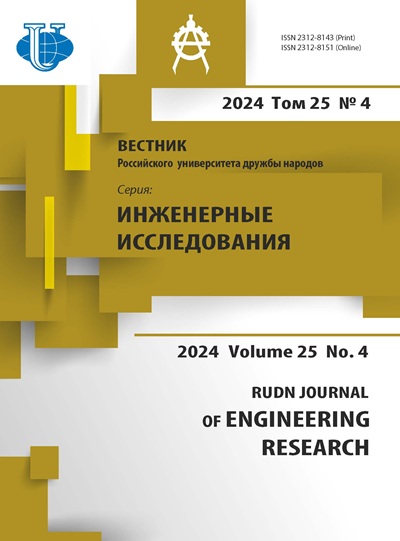Abstract
The article is devoted to comparison of methods of calculating the approximate elevations of nodal points when adjusting leveling networks by strict and non-strict methods. Ensuring geomechanical monitoring of the mutual influence of constructed and operated objects is important in the intensive development of underground space of megacities, the construction of unique objects and structures. In the course of the research, mathematical models of level networks were developed and presented in the form of a closed loop and a set of open polygons. Analysis of modeling allows to determine the feasibility of applying the knot method by Professor V.V. Popov instead of the parametric method of adjustment. It is established that the quality of the results of strict equalization depends entirely on the quality of measurements, since deviations from the true values do not exceed the measurement error. The research has shown that it is possible to simplify the processing of monitoring data and evaluation of various configuration options for leveling networks, using algorithms for calculating approximate marks of nodal points. This makes it easier to process monitoring results and evaluate various network configuration options while ensuring the required level of measurement accuracy.
















